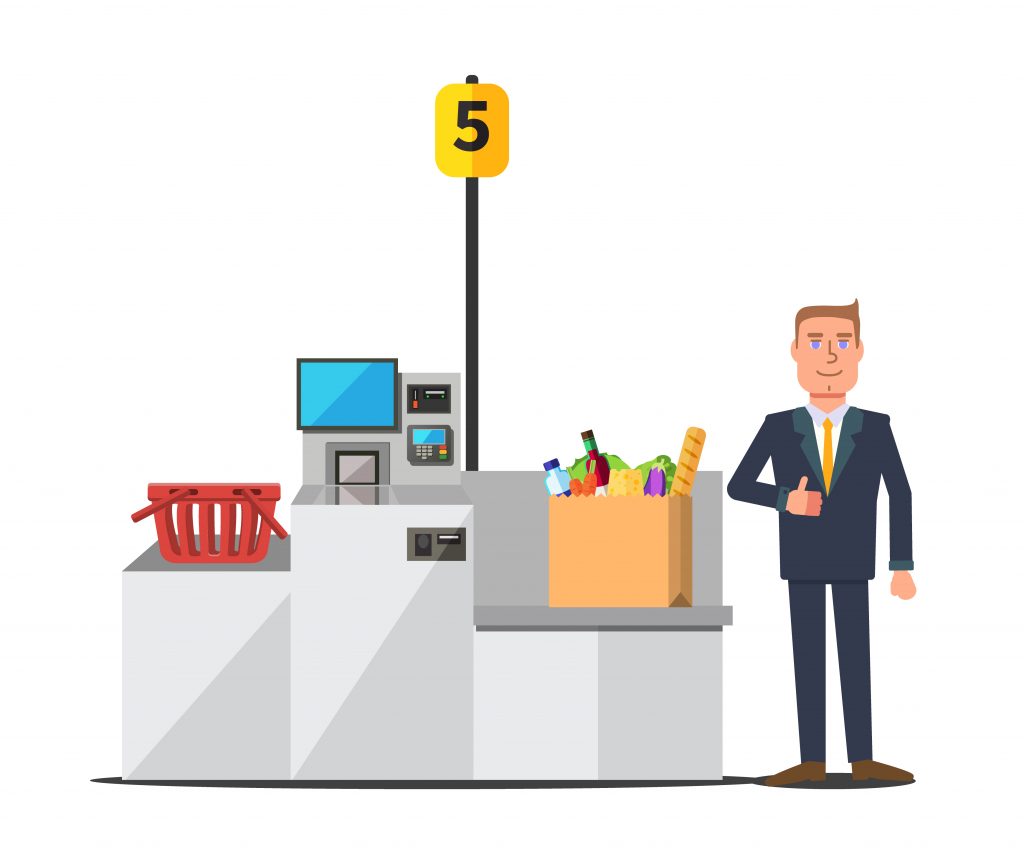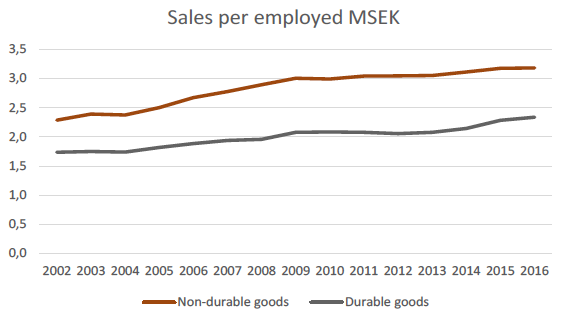Behöver du hjälp?
Vi vill gärna hjälpa dig!
Välj nedan vilket kontaktsätt som passar dig bäst.

Vi vill gärna hjälpa dig!
Välj nedan vilket kontaktsätt som passar dig bäst.

Avoiding queues to the cashier at the same time that the store avoids having to employ cashier staff may seem like an attractive solution to many overstretched consumers and retailers who are under margin pressure. When, however, will the technical solution reach break-even? And is the consumer ready to meet the challenge? Unmanned stores devoid of cashiers and queues are becoming increasingly common around the world. American Amazon, for example, recently opened its first checkout-free grocery store in Seattle. Is this something that Swedish consumers will also have to get accustomed to encountering?

The retail market today is highly competitive. Even as sales increase, profitability remains at a standstill. At the same time, e-commerce is winning an increasingly large share of the market. Physical stores need to be streamlined and attract more customers. One clear trend in the area is stores that lack both cashier services and employees. Customer queues at the store are reduced, and the stores are more cost efficient due to lower personnel costs.
One of the players to have advanced the furthest with digitalised stores that have no cashiers is Amazon Go. Cashier services will diminish due to the streamlining effects of digitalisation. British Retail Consortium believes that a third of England’s cashier services will no longer exist by 2025, primarily due to digitalization.
However, this does not necessarily mean that stores will have fewer employees. New services will arise in place of cashier services such as item picking in stores for e-commerce consumers, service at deli counters, etc. In actual fact, the number of employees within FMCG is still growing, and productivity measured as sales per employee has thus increased less than expected. The diagram below shows productivity distributed to FMCG and durable goods.

Retailers have already found ways to encourage consumers to do things for themselves. We self-scan at grocery stores, use interactive tablets in stores and, above all, plan our purchases at home before going to the store, which means we do not need to ask store employees for assistance as much as previously. Customers can use a handheld scanner or self-service checkout to register their purchases in every fourth grocery store today.
The initiative has called for investment, but has also been well received by customers. In a survey conducted by the Swedish Food Retailers Federation, half of the respondents said they always or frequently use self-scanning or self-service checkout. This primarily pertains to individuals who are inclined to try out new technology and residents of large cities, mostly because self-service is more common in large stores in cities than in small stores in rural areas.
Grocery stores are not only addressing e-commerce and margin pressure by scaling down costs. On the contrary, greater investments in digital solutions are called for at the same time that it is becoming increasingly important to satisfy demands for personal service at stores, which means that the number of employees at stores is in fact increasing.
This report has been developed in cooperation with Storesupport and HUI Research.